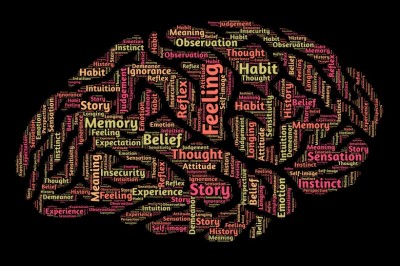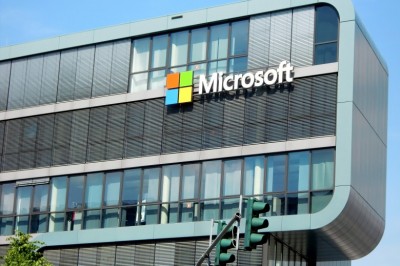
The Future of Medical Transcription and Medical Transcription Jobs
There has been a lot of talk lately about the future of medical transcription. As the trends of off-shoring and voice recognition pick up steam and threaten to displace traditional medical transcription jobs in the US, what is to become of the profession? It is a logical question.
The reality is that medical transcription jobs continue to enjoy high demand in the marketplace. In fact, they are a critical component of the most stable and rapidly growing segment of our economy. Healthcare! As the global economic recession deepens, healthcare may prove to be one of the only resilient segments of the US economy over the next 4 or 5 years.
Every day it seems that there are new announcements of bankruptcies and layoffs affecting tens of thousands of people. When was the last time you heard about mass layoffs in the healthcare industry? You don't and you never will - at least not for the next several decades as the baby boom population blossoms into full retirement and demands an extraordinary volume of healthcare services. The interesting thing to note - and a fact not readily discussed by many in the medical transcription industry is that the average age of active practicing medical transcriptionists is somewhere in the mid 40s. That is the average. This means that a very large portion of the medical transcription population is poised to retire and exit the industry in the next 5 - 10 years.
Guess what? Those medical transcription jobs don't just go away. All of those medical transcriptionists will need to be replaced. What is more, these seasoned medical transcription practitioners are among the most productive asset the medical transcription industry has. They produce an output of medical reports that is sometimes 2 to 4 times the average production for new graduates who are just entering the career field. This means that the medical transcription industry will need not ONE, but possibly two or three new recent medical transcription school graduates to fill EACH of these positions.
This spells job opportunity for prospective new students considering entering this fast growing career field.
Unfortunately, it could also spell disaster for the healthcare industry if it doesn't begin to take steps now to attract new talent into the industry. Some of this problem has already begun to materialize and regardless of what your opinion is on offshoring, the offshore production of some of the domestic US medical transcription workload has saved the industry and bought some precious time to find a more permanent solution to their acute personnel deficit. However, it will not continue to mitigate the deficit of trained medical transcriptionists in the US healthcare market indefinitely. Medical transcription jobs will have to be filled as older MTs retire and exit the industry.
Voice recognition has also played a role in mitigating the MT personnel deficit. And while voice recognition technology is finding a place in the medical transcription industry, its role has been to augment the transcription process by giving the medical transcriptionist a new and more favorable starting point for production. It has in no way delivered the silver bullet replacement for medical transcriptionists that some have been hailing for decades now. What we are now seeing and what we will continue to see as the adoption of the technology accelerates, is that the role of a growing subset of the medical transcriptionist community will be transformed.
The work of transcripionists in the future will increasingly be that of editor; beginning with a document that has been processed through a speech recognition software engine. But in the end, the anticipated surge of baby boom retirees will simply be too large to ignore.It is a problem that requires a serious and relatively immediate solution. What is more, the aging population consumes an exponentially large portion of available healthcare services and resources. Which means, that as the aging population swells over the next decade, every facet of the healthcare industry will be strained - not the least of which is medical transcription and the production and maintenance of medical records.
Medical records jobs will increase in both volume and importance over the next decade. Individuals who are adaptable and capable of stepping into new roles as the healthcare industry continues to morph will benefit substantially by training now for entry into the dynamic medical transcription industry.--Christopher L. Dunn holds an MBA from Brigham Young University and resides in Salem, Utah. He has been active in operating and training aspects of the medical transcription industry for the past 17 years.For more information on a home based career in medical transcription please visit more of the authors websites:
Medical-Transcription-School.comMedical-Transcription-Program.com
































